I've fallen, what do I do?
1. Roll onto your side
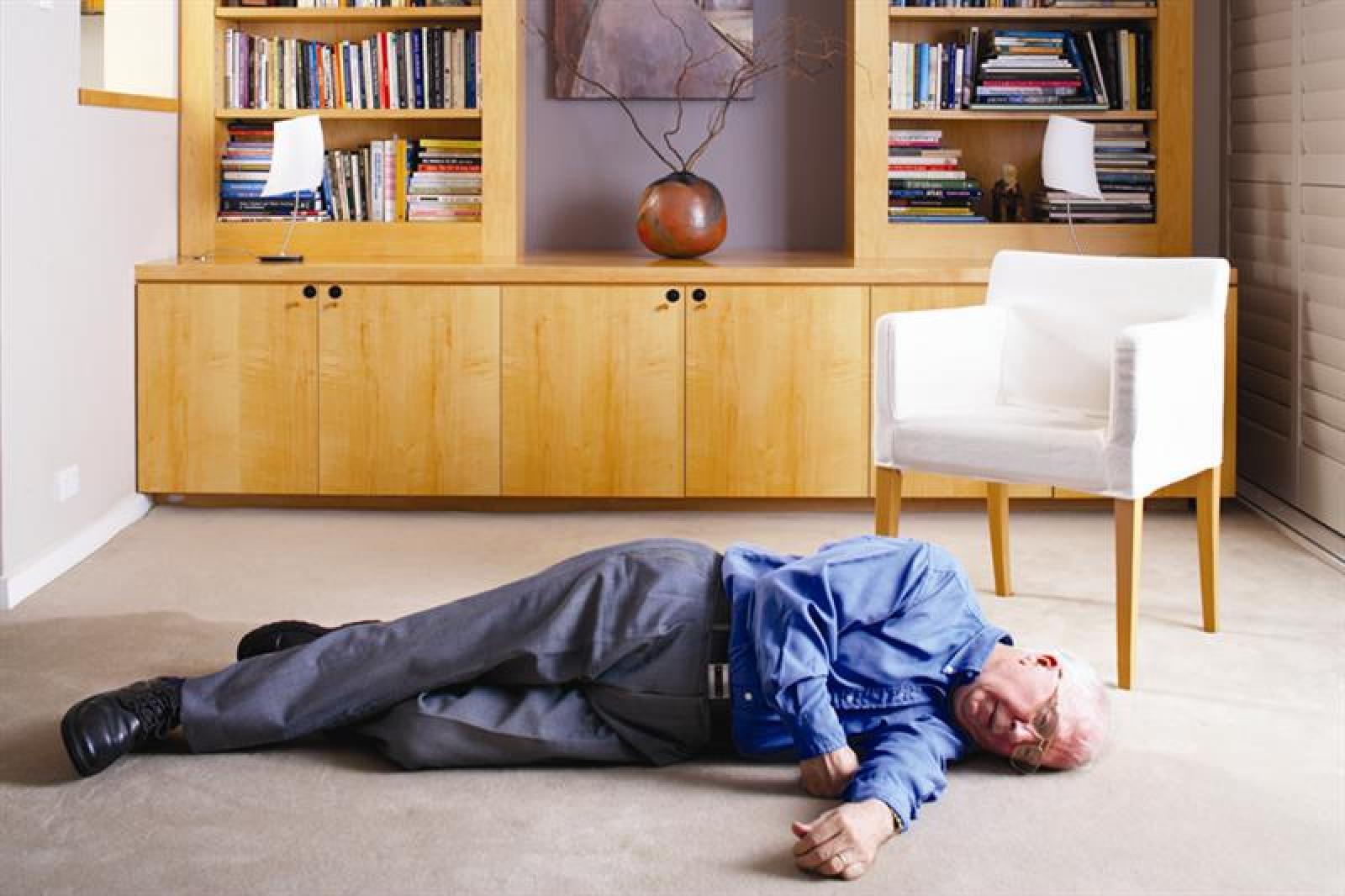
2. Crawl or drag yourself to a chair
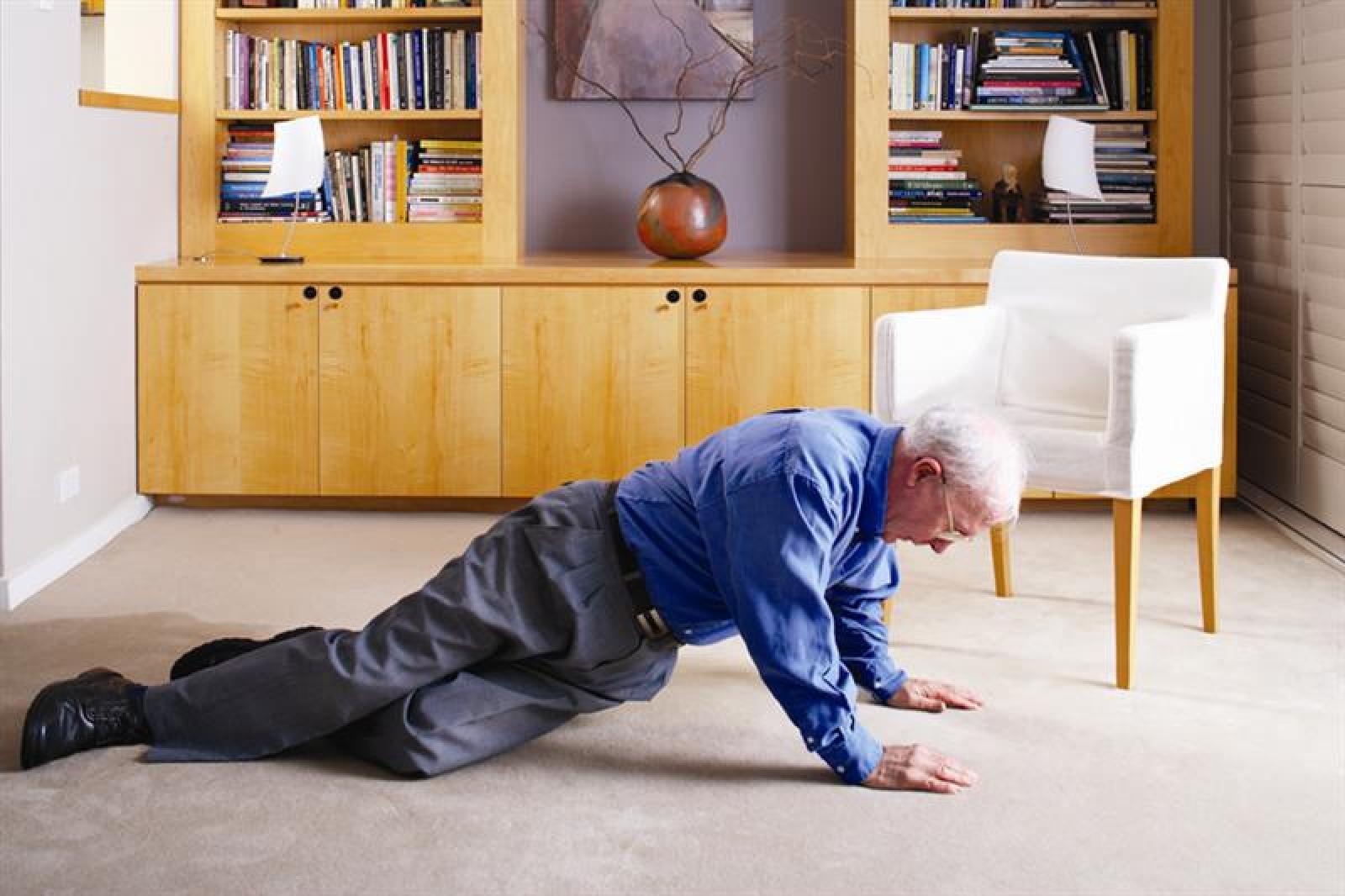
3. Face the chair and get up onto your knees
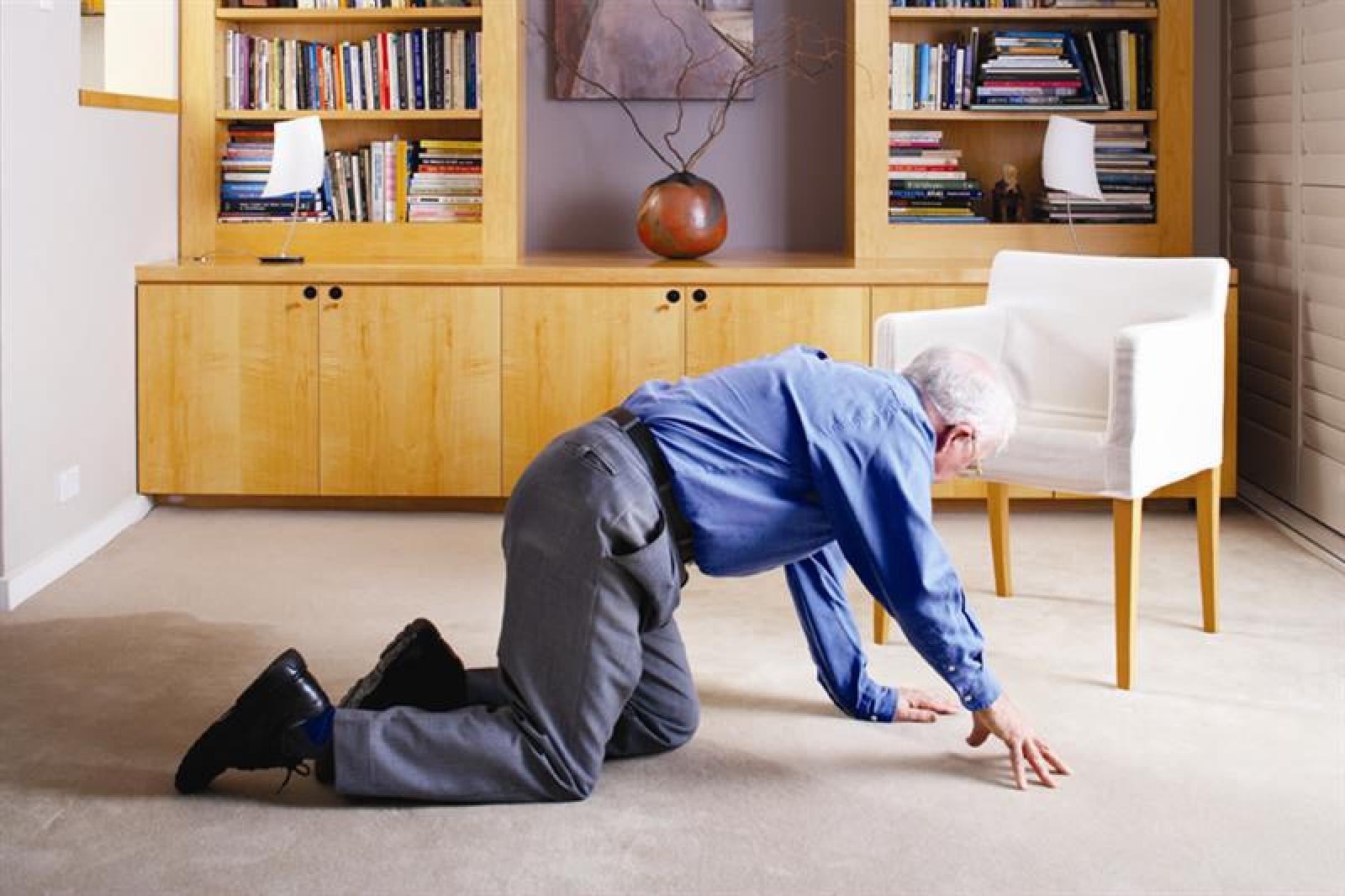
4. Bring one knee forward and put that foot on the floor, then use the chair to push up with your arms until you are upright enough to pivot around and sit
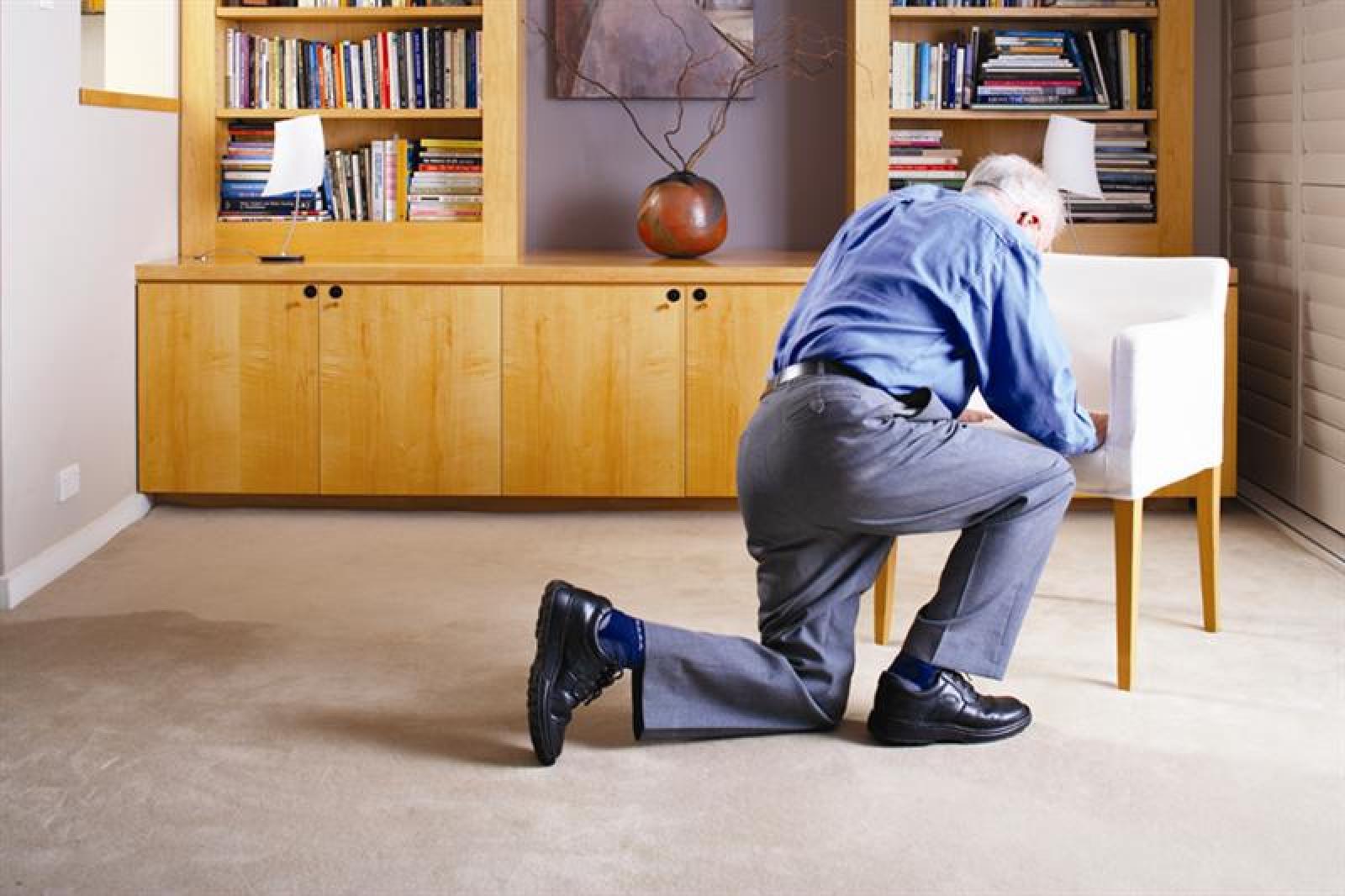
5. Rest before standing up
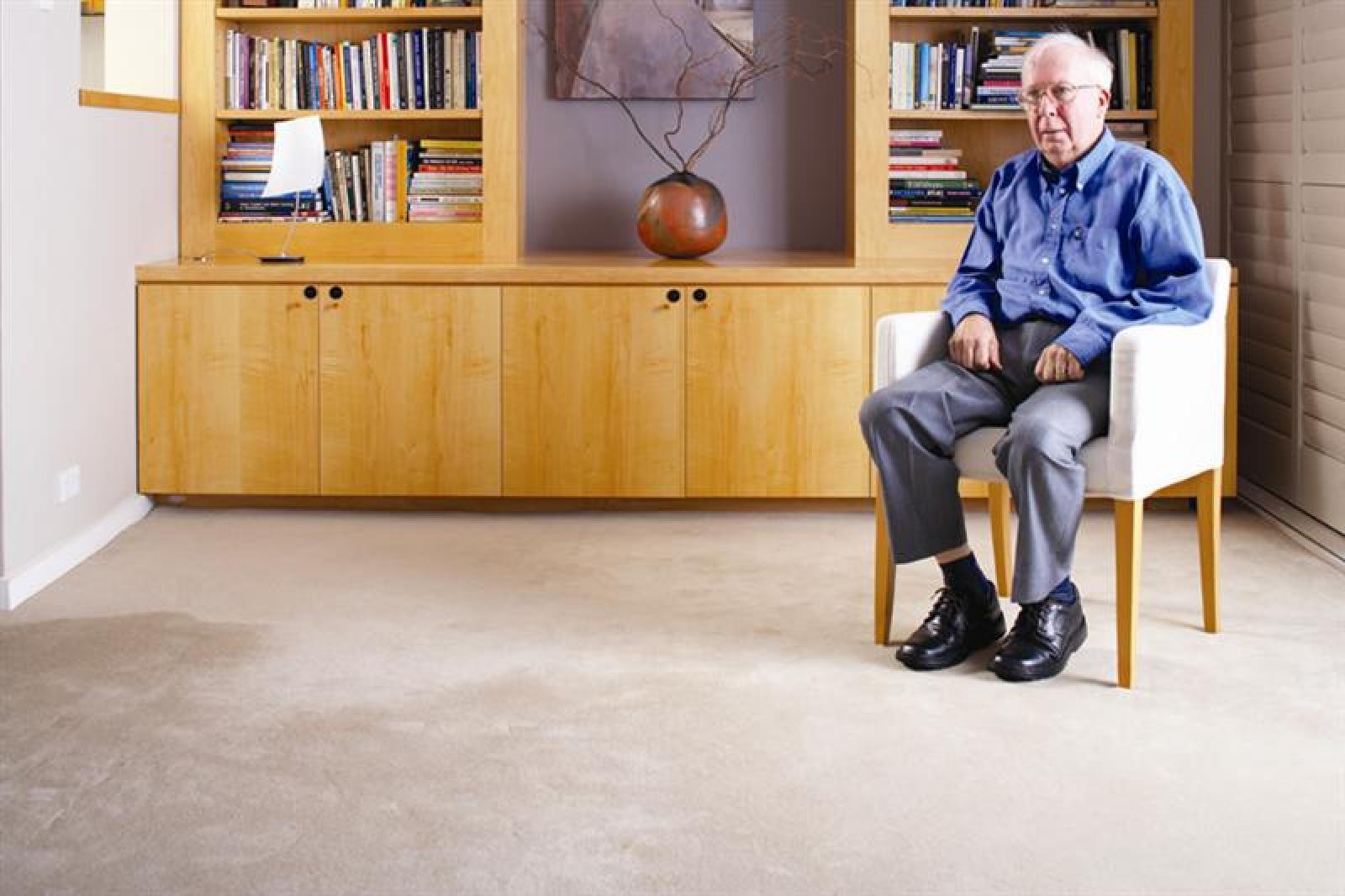
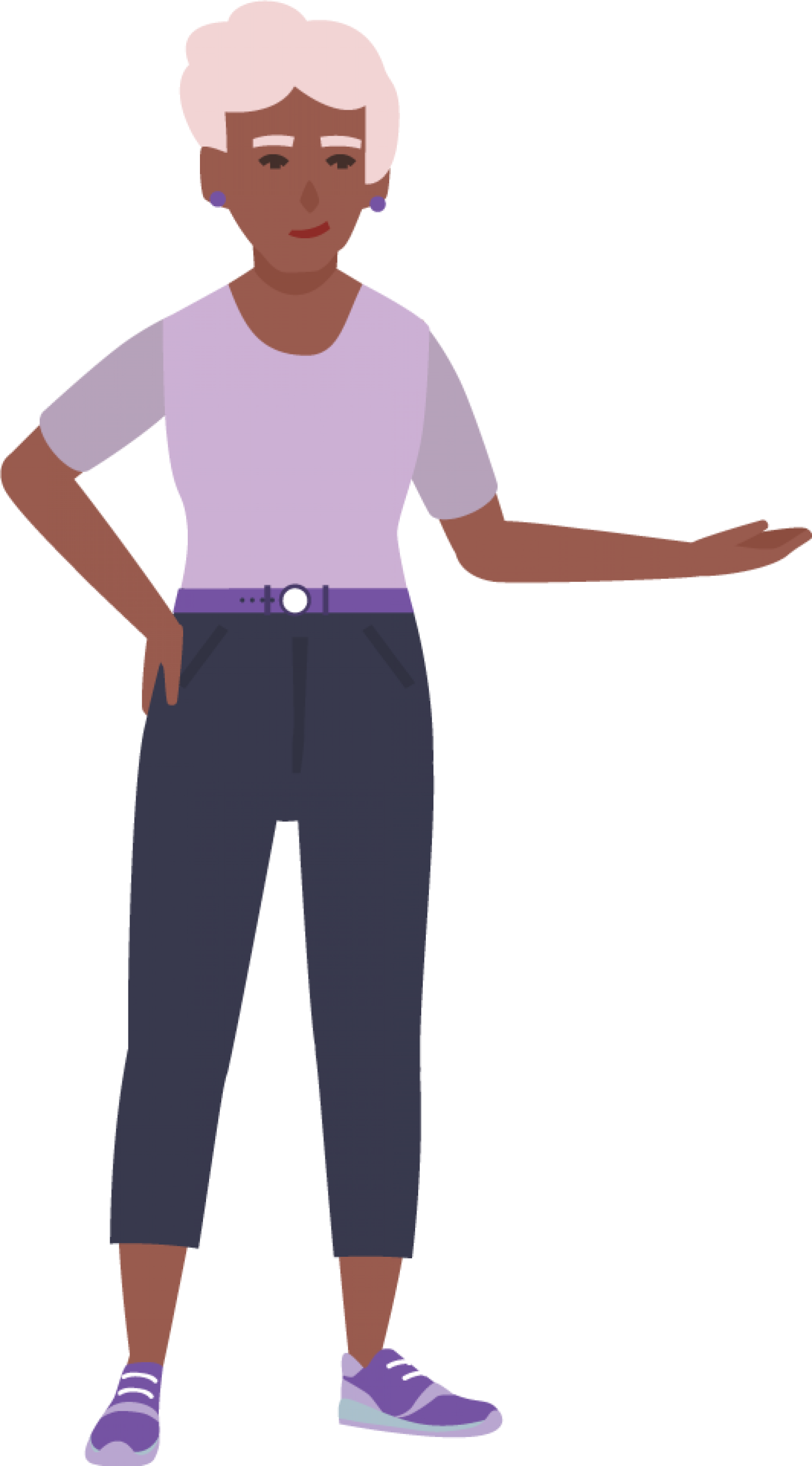
Key points to remember
- It is important to have an emergency ‘fall’ plan
- Know who to call for help – keep a list of important phone numbers near a phone within reach from the floor e.g. on a low table, in case it is hard to get up
- Consider whether you need a device that raises an alarm in case of emergency
- You should always tell someone about your fall e.g. GP or a family member
- Consult a doctor after a fall if you take blood thinners, experience pain or are limited in previous activities or you bump your head (particularly if you feel drowsy, unwell or muddled and confused)
What can I do right now?
- Visit your doctor for a medication review and advice on medical conditions
- Identify and manage fall risk factors
- Perform balance and strength exercises to feel more steady on your feet
- If your walking is unsteady, consider the use of a walking aid and seek professional help for prescription and training e.g. from a physiotherapist
- Remove environmental hazards
- Have an emergency fall plan, including having a phone that you could reach from the floor
Tips
- If you can’t bend your knees very well, to get up after a fall, slide along on your bottom then lift your hips onto something higher, such as a step. Then you can pull yourself upright again. You might even like to practise these techniques so that if you ever need to get up from the floor, you will feel more confident.
- You should see your doctor after a fall if:
- you are taking anticoagulant/blood thinner medicines
- you bump your head
- you have a pain that concerns you or you can’t perform your usual activities
- you are worried about being unsteady, or falling again
- For more information visit: https://www.activeandhealthy.nsw.gov.au/
Conclusion
You have finished the article. If you would like to download a copy of this article as a PDF, click the button below.

